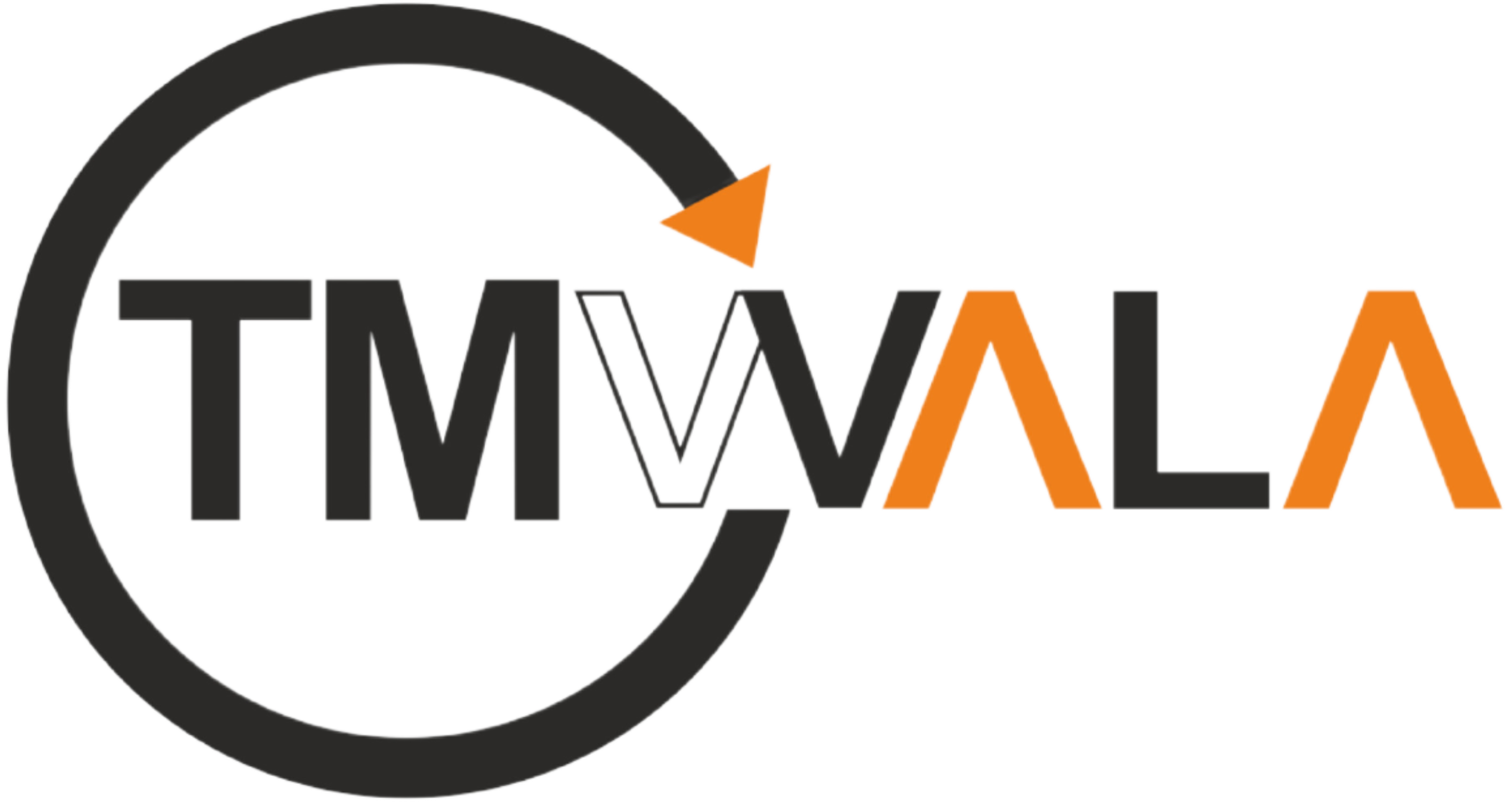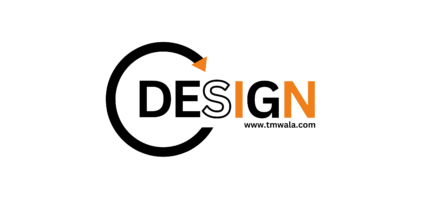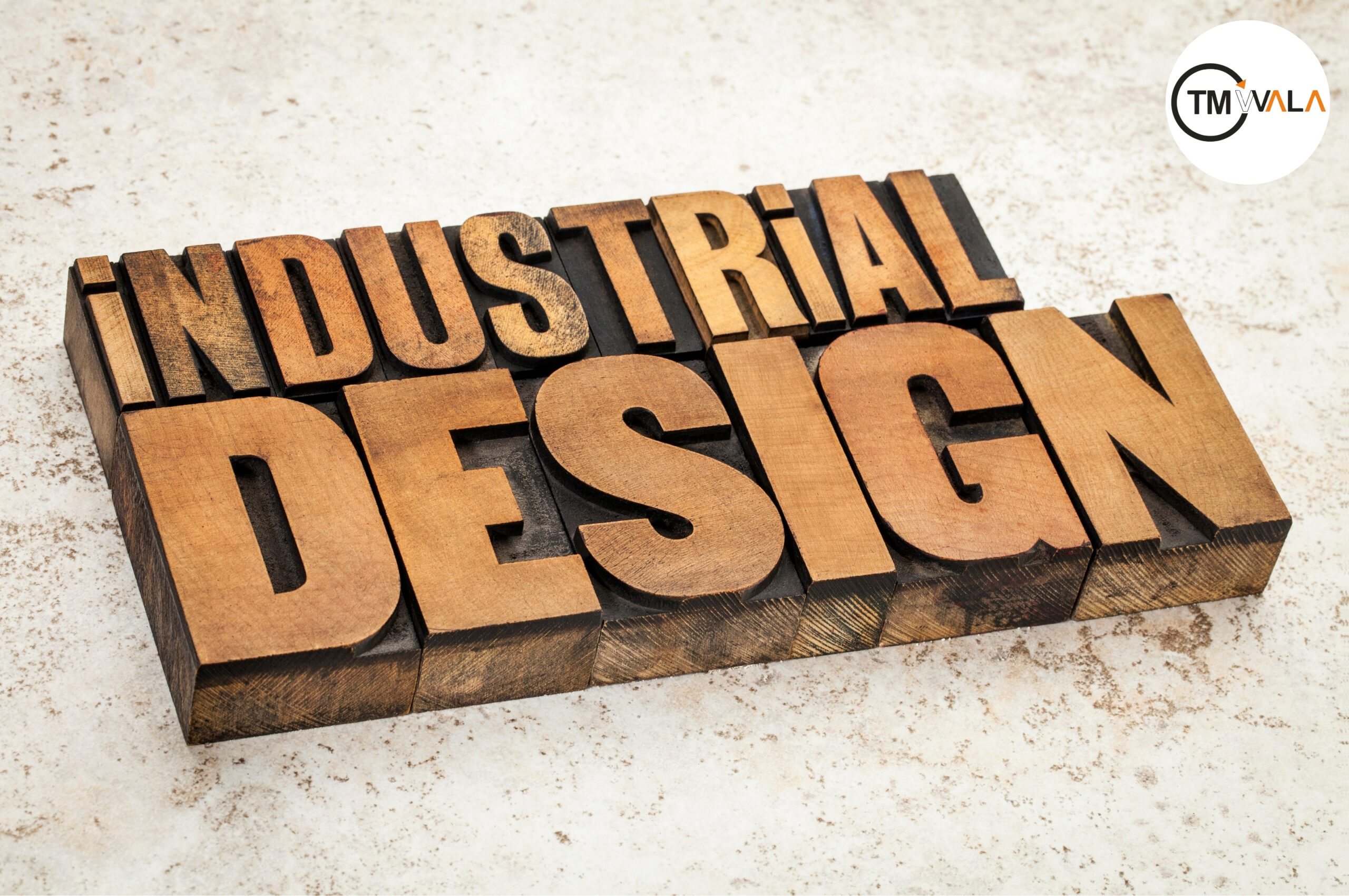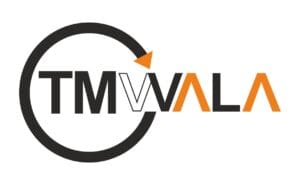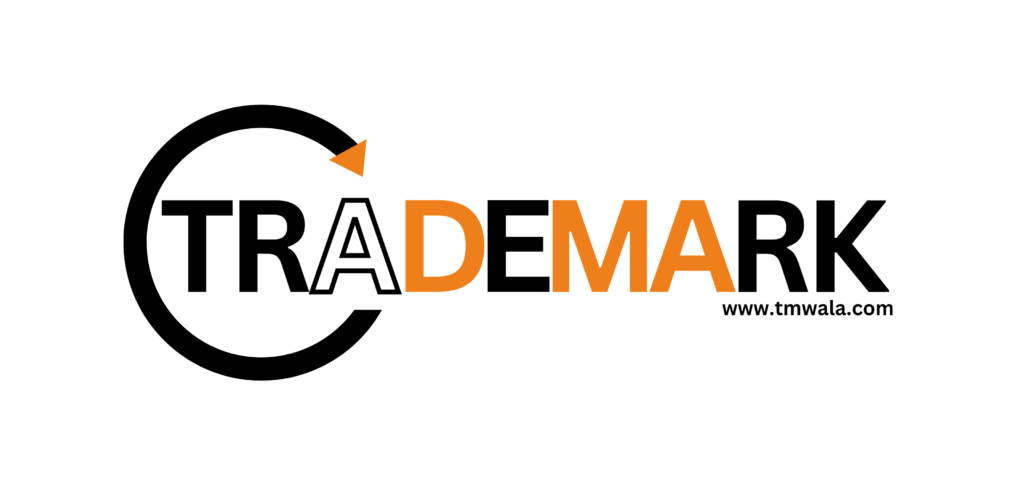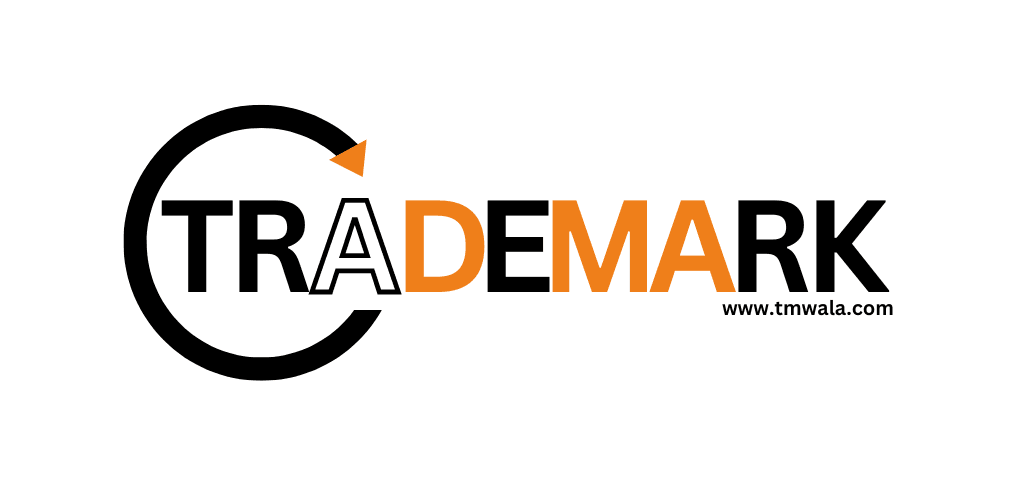Industrial design registration is a crucial aspect of intellectual property protection that helps safeguard the visual appearance of a product. It covers the design’s aesthetic elements, ensuring that unique and original designs are legally protected against unauthorized use. This comprehensive guide explores industrial design registration, including its benefits, the registration process, and key considerations for designers and businesses.
What is Industrial Design Registration?
Industrial design refers to the ornamental or aesthetic aspect of a product, which includes its shape, configuration, pattern, or color. This design can significantly enhance the visual appeal of a product and make it stand out in the marketplace.
Industrial design registration is a legal process that grants the owner exclusive rights to the design. It prevents others from using, copying, or imitating the registered design without permission. This protection is essential for designers and businesses to maintain a competitive edge and leverage the commercial value of their designs.
Benefits of Industrial Design Registration
1. Legal Protection Registering an industrial design provides legal protection against infringement. It grants the designer exclusive rights to use, license, or sell the design, and provides the basis for legal action if others infringe on these rights.
2. Competitive Advantage A registered design can enhance a product’s marketability and differentiate it from competitors. By protecting the unique appearance of a product, businesses can maintain a distinct brand identity and attract customers.
3. Increased Value Registered industrial designs can add value to a business’s intellectual property portfolio. They can be licensed, sold, or used as collateral for financing, contributing to the overall value of the business.
4. Deterrence of Infringement The registration of a design serves as a public notice of ownership, which can deter potential infringers from copying or imitating the design. It also provides a clear record of ownership that can be used in legal disputes.
5. Global Protection Design registration can be extended to multiple jurisdictions through international treaties, providing protection in various countries. This is particularly valuable for businesses operating in global markets.
The Registration Process
Eligibility Criteria
a. Originality The design must be original and not copied from existing designs. It should represent a new and unique aesthetic that distinguishes it from other designs.
b. Novelty The design should be novel and not publicly disclosed before the filing date. Prior publication, use, or disclosure can impact the design’s eligibility for registration.
c. Non-Functionality The design must be purely ornamental and not dictated by the technical function of the product. Functional aspects of a product are typically covered by patents, not design registration.
Preparing for Registration
a. Design Search: Conduct a design search to ensure that the design is not already registered or publicly disclosed. This can help avoid potential conflicts and improve the chances of successful registration.
b. Documentation: Prepare detailed drawings or photographs of the design from different angles. These visual representations should clearly depict the design’s unique features. You may also need to provide a brief description of the design.
c. Application Form: Complete the application form provided by the relevant design office. This form typically includes information about the designer, the design, and the product in which the design will be applied.
Filing the Application
a. National Registration Apply with the national design office in the country where protection is sought. Each country has its own design registration system and requirements.
b. International Registration For broader protection, consider filing under international treaties such as the Hague System. The Hague System allows for the registration of designs in multiple countries through a single application.
c. Fees Pay the required filing fees, which vary depending on the jurisdiction and the number of designs included in the application. Ensure that all fees are paid in full to avoid delays in the registration process.
Examination and Publication
a. Formal Examination The design office will conduct a formal examination to ensure that the application meets all legal requirements. This includes checking for compliance with eligibility criteria and verifying the completeness of the application.
b. Substantive Examination In some jurisdictions, a substantive examination may be conducted to assess the design’s novelty and originality. This examination ensures that the design meets the criteria for registration.
c. Publication Once the design is accepted, it will be published in the official design register. Publication serves as a public notice of the design’s registration and provides an opportunity for third parties to file objections or oppositions.
Registration and Enforcement
a. Certificate of Registration Upon successful registration, the designer will receive a certificate of registration. This certificate serves as evidence of ownership and provides the legal basis for enforcing the design rights.
b. Enforcement of Rights Monitor the marketplace for potential infringements of the registered design. If an infringement occurs, the designer can take legal action to enforce their rights, including filing cease-and-desist notices, seeking damages, or pursuing legal remedies through the courts.
c. Renewal Design registrations are typically valid for a limited period, such as 5 to 10 years, depending on the jurisdiction. Renew the registration before it expires to maintain protection.
Key Considerations for Industrial Design Registration
International Protection
If you plan to market your design internationally, consider filing for protection in other countries. The Hague System provides a streamlined process for obtaining protection in multiple jurisdictions, simplifying the registration process and reducing administrative burdens.
Design Maintenance
Regularly review and update your design portfolio to ensure that all designs are protected and registered. Keep track of renewal deadlines and maintain accurate records of your design registrations.
Collaborations and Assignments
If your design was created in collaboration with others or assigned to a different party, ensure that all agreements are documented and that the appropriate rights are assigned or transferred. Clear agreements help avoid disputes and clarify ownership.
Legal Advice
Consult with intellectual property attorneys or experts to navigate the complexities of industrial design registration. Legal professionals can provide guidance on the registration process, assist with drafting applications, and offer advice on enforcement and protection strategies.
Conclusion
Industrial design registration is a vital process for protecting the visual appearance of products and enhancing their commercial value. By registering a design, designers and businesses can secure exclusive rights, deter infringement, and leverage their designs for strategic advantage.
Understanding the registration process, including eligibility criteria, application procedures, and key considerations, is essential for successfully protecting and managing industrial designs. Whether you are an individual designer or a business, careful planning and professional advice can help you maximize the benefits of design registration and safeguard your creative assets.
If you are involved in industrial design registration, seek guidance from experienced intellectual property professionals to ensure that your designs are effectively protected and that your rights are upheld. By leveraging industrial design registration, you can enhance your market position, protect your innovations, and drive growth in your business.
FAQs
1. Can I register a design that has already been displayed at a trade show or online?
In most jurisdictions, prior disclosure can destroy novelty unless the design is filed within a grace period (typically 6-12 months). This depends on the country’s laws, so consult local regulations before disclosing publicly.
2. Can I protect a 3D user interface or animation under industrial design registration?
Some jurisdictions allow registration of graphical user interfaces (GUIs), icons, and animations as industrial designs if they meet visual and novelty criteria. However, this protection is not a universal check eligibility per country.
3. What is the difference between industrial design protection and copyright?
Copyright protects original artistic works automatically, while industrial design registration provides exclusive rights over the commercial appearance of a product, but only upon formal registration. Copyright may not protect useful or commercial designs.
4. Can multiple versions of a design be protected in one application?
Yes, in some jurisdictions and under systems like the Hague Agreement, multiple variations of a design (called “multiple embodiments”) can be filed in a single application provided they belong to the same class.
5. Is industrial design registration enforceable against imported counterfeit goods?
Yes. Once registered, your design can be enforced at borders in many jurisdictions via customs recordation, allowing customs officials to seize infringing imports.
6. Do industrial design rights protect technical or functional features?
No. Industrial design rights only protect aesthetic features. Functional or technical aspects should be protected by patents or utility models, not design registration.
7. Can I license or sell a registered design separately from the product?
Absolutely. Registered designs are transferable intellectual property assets—they can be sold, licensed, or assigned independently of the product they’re applied to.
8. What happens if my design is copied in a country where I didn’t register it?
Without registration in that country (unless covered under an international agreement), you may not have enforceable rights. Always consider protection in key markets before launching globally.
9. How can small businesses or individual designers afford global design protection?
The Hague System offers a cost-effective route to file in multiple countries through one application. Prioritize markets based on commercial value and enforcement strength.
10. Does industrial design registration help with funding or investor confidence?
Yes. Having a registered design demonstrates IP ownership, which can increase credibility, support higher product valuation, and reassure investors that your visual assets are protected.
